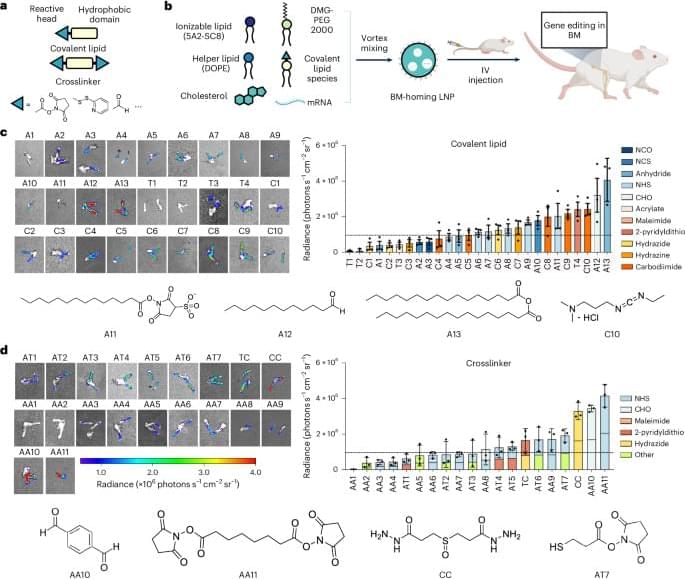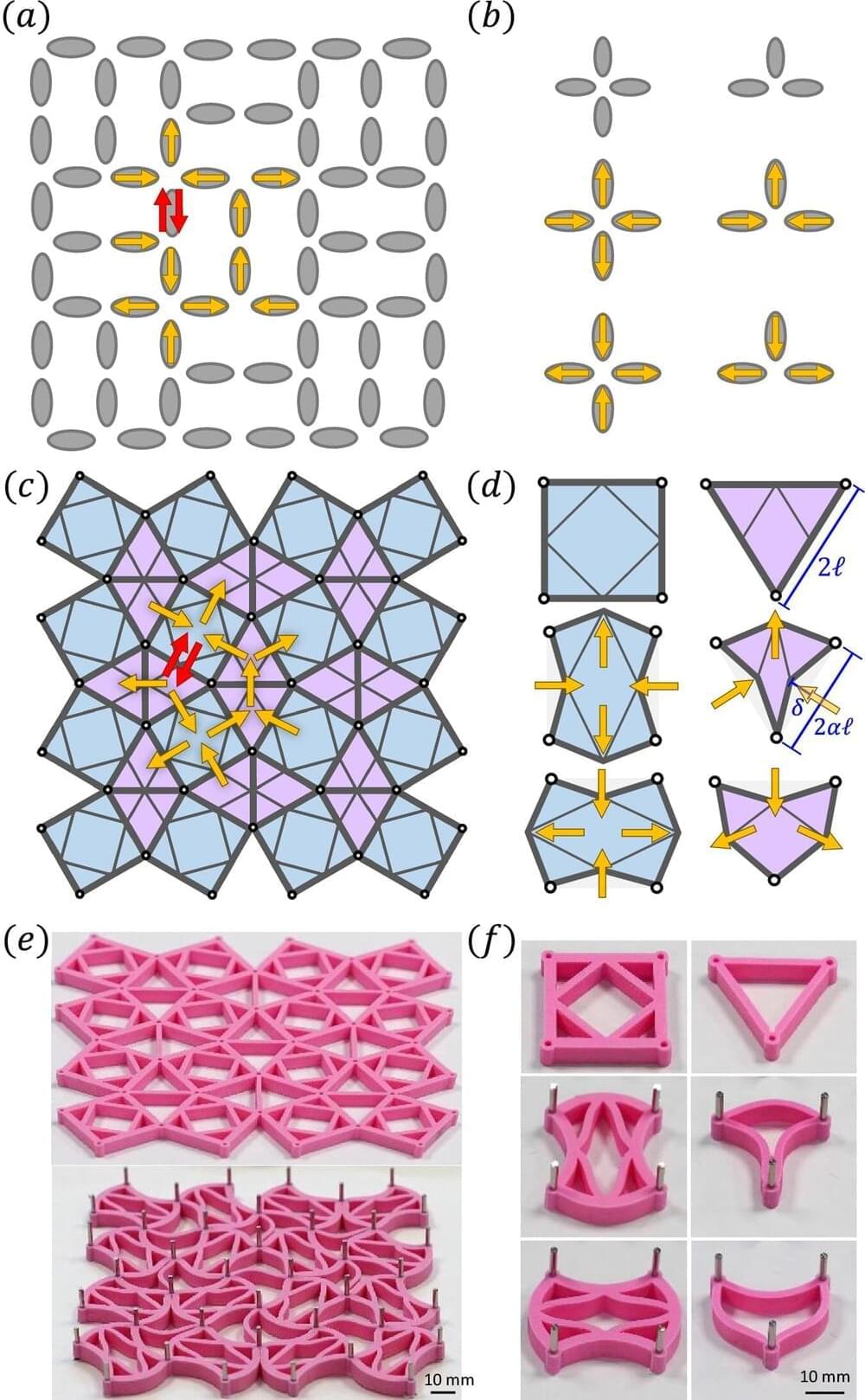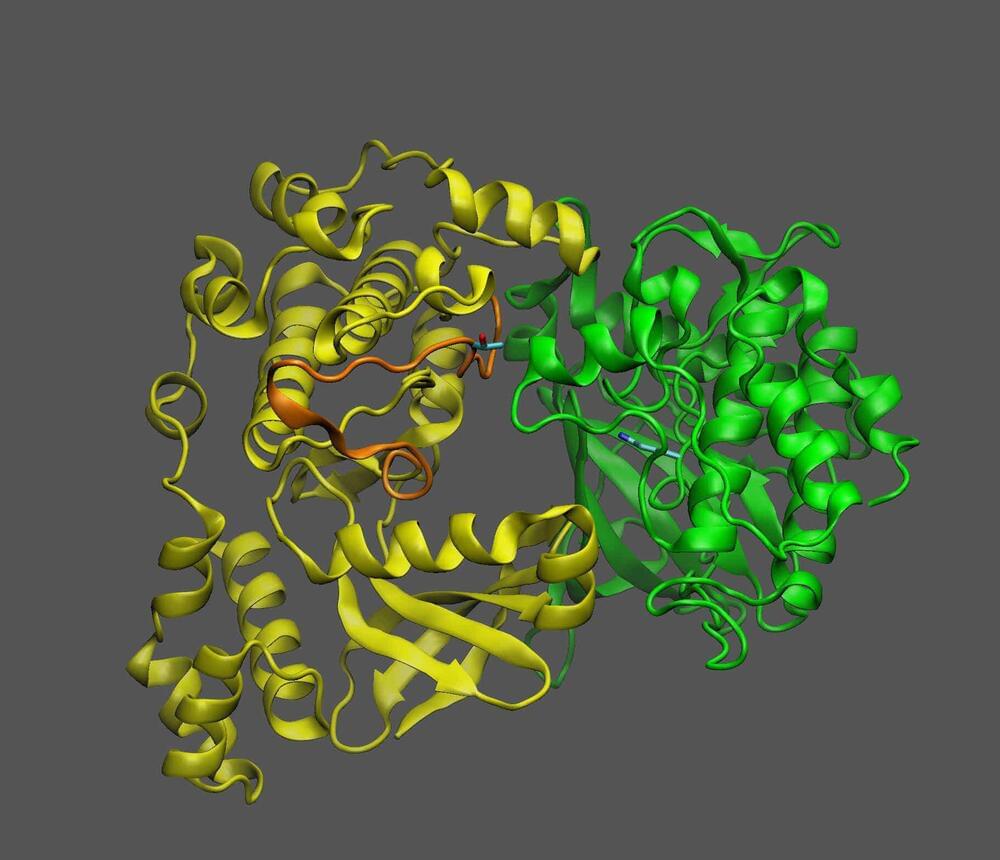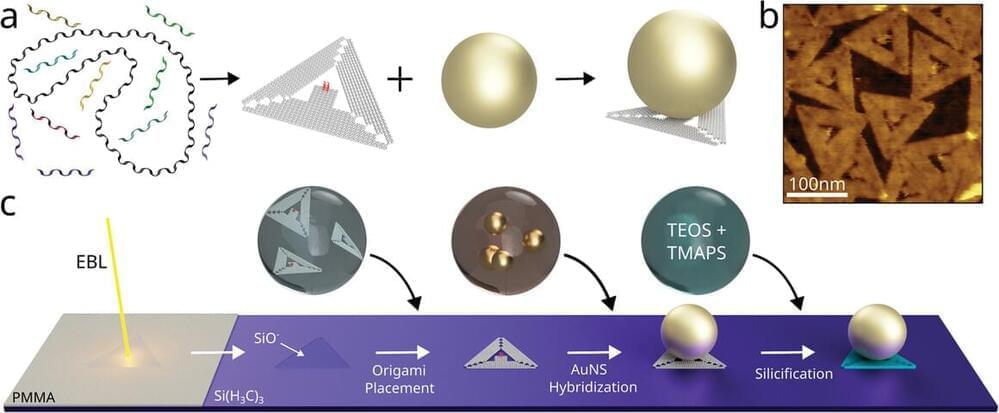Researchers from TU Delft and Brown University have engineered string-like resonators capable of vibrating longer at ambient temperature than any previously known solid-state object—approaching what is currently only achievable near absolute zero temperatures. Their study, published in Nature Communications, pushes the edge of nanotechnology and machine learning to make some of the world’s most sensitive mechanical sensors.








